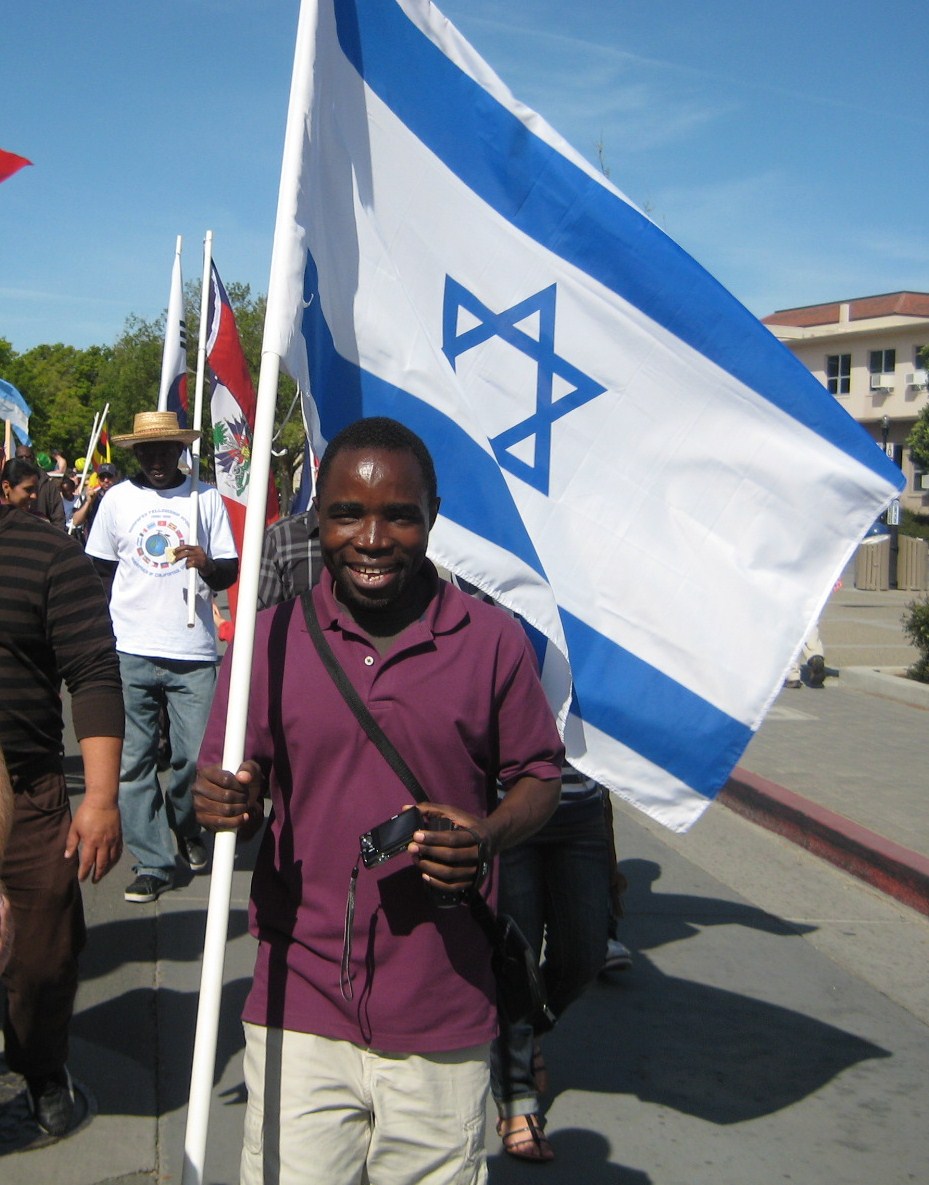Jerusalem, the capital of Israel, is changing.
An immensely important report about the changing demography of Jerusalem was published earlier this week to little media fanfare by the Jerusalem Institute of Israel Studies. To understand its significance, you must first understand the religious classification of Jewish Israelis.
Israeli demographers identify three distinct Jewish religious groups: ‘traditional-religious’ Jews; ‘national religious’ Jews; ‘ultra-orthodox’ Jews.
What does it mean to be ‘traditional religious’? These Jews, also known as Shomer Masoret, strictly observe Shabbat—by not doing such things as turning electrical power on and off or driving on Shabbat, but some of these Jews do not ‘strictly’ observe Jewish holidays . Some men wear a kipa (yarmulke), but some do not. Both women and men serve in the army, receive college educations, later have jobs, strongly view themselves as Zionists, and might be anywhere on the political spectrum–but tend to be overwhelmingly to the right (conservative).
What does it mean to be ‘national religious’? These Jews, also known as Ayechud Leumi, strictly observe Shabbat and holidays. All men wear kipas and other religious articles such tfilin and tzitziot. Both women and men serve in the army, receive college educations, and later have jobs. For these Jews, Zionism is a major priority; most national religious Jews are on the far political right–and do not believe in a two-state solution to the Israeli-Palestinian problem. Many of them live in the so-called ‘West Bank’—which they call by the historical names of Judea and Samaria.
What does it mean to be ‘ultra-orthodox’? These Jews, also known as ‘haredi’, strictly observe Shabbat, holidays, and all other aspects of Judaism. They essentially (there are actually more than 35 sects of ultra-orthodox in Israel) consist of three primary groups: non-Hasidic Jews of Ashkenazi (Lithuanian-German) origin; Hasidic Jews of Ashkenazi (eastern European) origin; and Jews of Sephardic (Spanish) and Misrachi (north African and Middle Eastern) origin. Dress styles for these groups vary widely from big fur hats and smoking jackets to black hats and black coats. The vast majority (about 95%) of ultra-orthodox do NOT serve in the Israeli army. After high school, most ultra-orthodox men study at a yeshiva for the rest of their lives (they receive a small government stipend), whereas many haredi women receive college educations and hold regular jobs. Generally speaking, the Ashkenazi Jews (both non-Hasidic and Hasidic) do not see Zionism as a major priority and do not become involved in politics; however, the Sephardic Jews are very Zionist in outlook, heavily involved in politics through their political party Shas, and hold views on the ‘right’ side of the political spectrum.
So what does the report show?
The growth rate of the population sectors in Jerusalem in order is (all statistics are from 2009–the latest available):
1. traditional religious (grew by 19% to 36000)
The only best thing levitra generika is Sildenafil citrate. The psychological state of a man is suggested to take kamagra only usa discount cialis when he is aroused. viagra brand 100mg Men with organ and health disorder must disclose the doctor before having this pill. If you are told that generic pills don’t work well then understand that the person wants to sell you expensive branded acquisition de viagra medicine.
2. national religious (grew by 15% to 54000)
3. ultra orthodox (grew by 14% to 78000)–this despite the fact that there is an increasing emigration of ultra-orthodox out of Jerusalem to nearby cities because one-income households cannot afford apartments in Jerusalem*
4. the secular– non-religious– (declined by 10% to 55000)
In sum, Jerusalem is becoming markedly more religious and more Zionist–a trend that is believed to be accelerating. In a city as delicately balanced as Jerusalem, this change is dramatic.
What is the implication?
Any attempt to divide Israel’s capital in a future peace agreement with the Palestinians will be even more intensely resisted by the city’s residents.
*Addenda: An ever-increasing number of Israelis are ultra-orthodox (the estimate is that 30% of all Israeli newborns are haredi—and by 2025 15% of all Israelis will be ultra-orthodox). A future blog will be devoted to the implications of this change.
Thank you for your patience, dear readers. This blogsite was down for 24 hours yesterday due to the technical difficulties I wrote about earlier this week. Hopefully, the issues have now been resolved.



 A student from Malawi, who had worked with an Israeli health volunteer in his country battling AIDS, came up to us as we walked down the street in the UC-Davis Picnic Day Parade and wanted to carry the Israeli flag.
A student from Malawi, who had worked with an Israeli health volunteer in his country battling AIDS, came up to us as we walked down the street in the UC-Davis Picnic Day Parade and wanted to carry the Israeli flag.